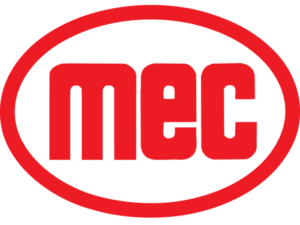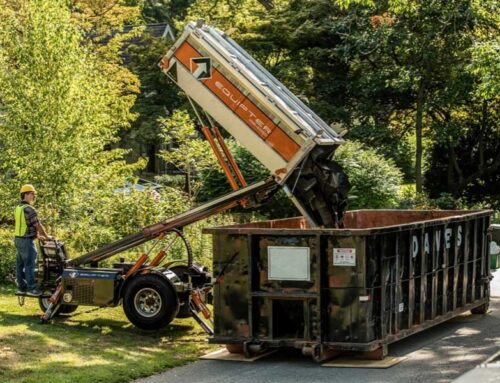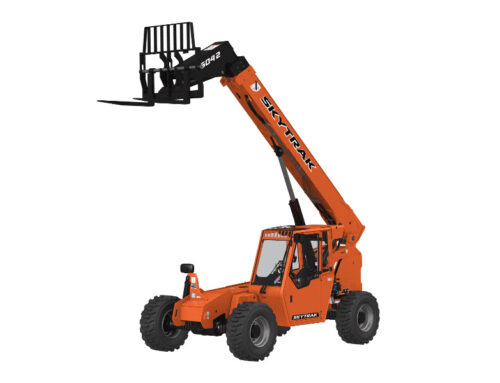Top 4 Things to Know When Purchasing a New Scissor Lift
When it comes to elevating your team safely and efficiently, a scissor lift is often the go-to piece of equipment. Whether you’re in construction, maintenance, or warehousing, scissor lifts are an indispensable tool for getting the job done at height. However, with so many models and options on the market, purchasing a new scissor lift can feel overwhelming. To help guide your decision-making process, here are the top 4 things to know or consider when purchasing a new scissor lift.
-
Understanding the Type of Scissor Lift You Need
Scissor lifts come in various types, and choosing the right one for your specific needs is crucial for both performance and safety. The two main categories of scissor lifts are electric and diesel, but there are also hybrid options.
- Electric Scissor Lifts: Ideal for indoor use, electric lifts are quiet, have zero emissions, and are perfect for clean environments like warehouses, factories, and malls. They are most effective on smooth, flat surfaces and typically have a more compact design, which is great for maneuvering through narrow aisles.
- Diesel Scissor Lifts: These lifts are better suited for outdoor use, particularly on rough, uneven terrain. With powerful engines, they provide more lifting power and can handle challenging work sites like construction zones or outdoor event setups.
- Hybrid Scissor Lifts: Offering the best of both worlds, hybrid lifts can operate on both electric and diesel power, making them versatile and adaptable for various work environments.
Tip: Determine whether your lift will be used indoors or outdoors and assess the terrain where you’ll be working before making your choice.
Tip: Consider the actual weight of the machine and the ground bearing ground bearing pressure. This spec may be important for working on finished surfaces or other fragile flooring.

-
Lift Height and Weight Capacity
One of the first things to consider when purchasing a new scissor lift is the maximum lift height and weight capacity required for your projects. Different models offer different heights, and the right one for you will depend on the types of tasks you’ll be performing.
- Lift Height: Scissor lifts come with varying platform heights ranging from 20 feet to over 50 feet. If you only need to reach moderate heights, a smaller lift may suffice. However, for large-scale construction projects or maintenance on tall buildings, a lift with greater reach will be necessary.
- Weight Capacity: Scissor lifts are designed to carry a certain weight, including the operator and any tools or materials they may need. Standard scissor lifts can typically hold between 500 to 1,000 pounds, but some models can support more. Be sure to account for the weight of both the operator and any equipment that will be on the lift at the same time.
Tip: Make sure to select a lift that has a sufficient weight capacity and reach for your operations to ensure safety and efficiency.
-
Safety Features and Certifications
Safety is paramount when using any type of heavy equipment, and scissor lifts are no exception. Ensure that the lift you choose has all the necessary safety features in place to protect your workers while on the job.
Some essential safety features to look for include:
- Tilt Sensors: These sensors help prevent the lift from tilting or tipping over if the ground is uneven or the lift is over-extended.
- Emergency Lowering System: This feature ensures that the lift can be safely lowered in case of a power failure or malfunction.
- Guardrails and Platform Safety Gates: These are critical for preventing falls and ensuring workers stay secure while on the lift.
- Stabilizers: For larger models, stabilizers provide additional support, helping keep the lift steady and safe while working at great heights.
Additionally, check for certifications that ensure the lift complies with safety standards, such as those set by OSHA (Occupational Safety and Health Administration) and ANSI (American National Standards Institute). A lift that meets these standards guarantees that it’s been tested for safety and is up to code for usage in most professional environments.
Tip: Always verify that the scissor lift meets industry standards for safety before finalizing your purchase.
-
Maintenance and Serviceability
A key consideration when purchasing a new scissor lift is how easy it will be to maintain. Like all heavy equipment, regular maintenance is necessary to keep the lift operating smoothly and avoid costly repairs down the line.
Look for a lift that comes with a reliable warranty and access to customer service. A good warranty should cover major parts and defects for a specified period, allowing you to repair or replace components without extra cost.
Additionally, choose a model with easy access to common maintenance points such as hydraulic systems, batteries (for electric lifts), and engine components (for diesel lifts). Some models are designed for easy troubleshooting and repairs, which can save you time and money.

Finally, consider the availability of replacement parts. Purchasing a lift from a reputable manufacturer or dealer ensures that parts will be readily available when needed, preventing unnecessary downtime.
Tip: Consider what lift dealers are located near you. It is likely that any warranty work would need to be completed by an authorized dealer. It is more convenient when you have a local dealer, so you do not have to spend time hauling your equipment far away for warranty repairs. Your local dealer would also be able to help you source any parts you may need.
Tip: Review the lift’s warranty, maintenance requirements, and service options before purchasing to ensure you can keep it running efficiently for years to come.

Conclusion
Purchasing a new scissor lift is a significant investment, and ensuring you make the right choice is essential for the safety and productivity of your team. By carefully considering the type of lift, height and weight requirements, safety features, and maintenance needs, you can make an informed decision that fits your business or project’s unique needs. Whether you’re working indoors or outdoors, on smooth or rough terrain, a well-chosen scissor lift willhelp elevate your operations to new heights.
Want A Lift Rental is an authorized dealer for several different lift manufacturers. We partner with JLG, Genie, MEC, Skyjack and Hy-Brid by Custom Equipment to sell new aerial lift equipment and replacement parts. Call us today for more information about purchasing a new scissor lift or check out what used equipment we have for sale as well.


